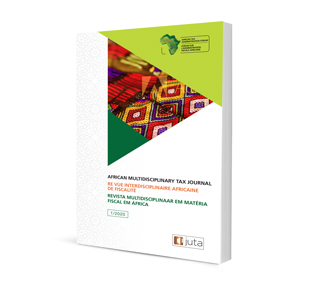An Empirical Evaluation of the Determinants of Property Tax Compliance Rate in Kaduna State, Nigeria

An Empirical Evaluation of the Determinants of Property Tax Compliance Rate in Kaduna State, Nigeria
Author: Alhasan Usman
ISSN: 2709-8575
Affiliations: Manager (Tax), Federal Inland Revenue Service (FIRS), Nigeria
Source: African Multidisciplinary Tax Journal, 2022 Issue 1, p. 249-267
https://doi.org/10.47348/AMTJ/V2/i1a13
Abstract
This study examines empirically the variables that are driving property tax compliance rates in Kaduna State, Nigeria. In doing so, it relies on primary data sources. During the study, 400 respondents were targeted, but 406 completed questionnaires were analysed. The nature of the data collected necessitated employing the ordered logistic regression model to analyse the data. The result indicated that taxpayers’ satisfaction with the level of property tax digitalisation, the adequacy of property tax law, the administration of property tax and government provision of public goods are important determinants of the property tax compliance rate in Kaduna State. It further found that the average property tax compliance rate in the State is 18.32 per cent, the average satisfaction with the level of digitalisation of property tax is 39.71 per cent, the average taxpayer’s satisfaction with the adequacy of property tax law in the State is 27.68 per cent, the average satisfaction with the administration of property tax is 31.31 per cent and the average taxpayer’s satisfaction with the provisions of public goods is 58.21 per cent. The study recommends that the Kaduna State government should enact a property taxation law to adequately take care of the rate, base, time and procedures of filing and payments of the tax. The digitalisation of the tax should go beyond property registration but should cover all other aspects of digital taxation, ranging from assessment to payment of taxes.
